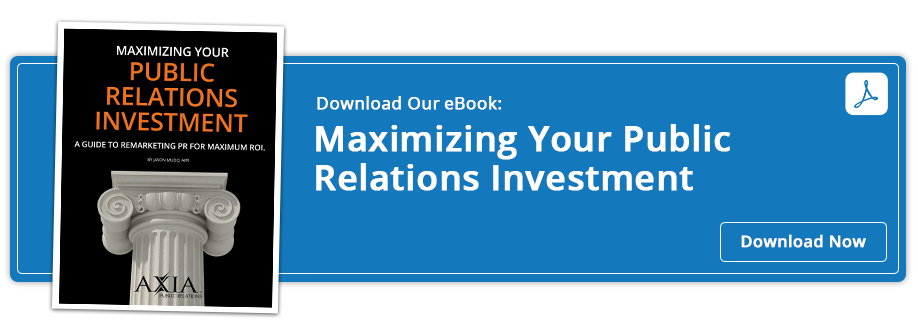 5 ways to create key messages for your company
5 ways to create key messages for your company
Key messages create a narrative for your company, which crystallizes business information, stimulates calls to action and solidifies public opinion. Put forth in easily digested sound bites, key messages articulate business differentiation, value proposition and, in their totality, are the very essence of your business.
Key messages fall into two main categories: positioning and dynamic. Positioning messages, somewhat akin to branding, are a set of finely tuned and targeted informational platforms upon which a business rests. Often, you have a separate key message for business, industry and product. You should use these messages consistently within all communications collateral to create a sense of repetition.
Conversely, dynamic messages fluctuate in support of specific business concerns, such as quarterly earnings releases, product launches or crises. You should script these messages to deliver necessary and easily absorbed details for particular audiences or stakeholders.
How can I create key messages?
- Distill core information to a “trifecta.”
Some PR firms refer to this as a messaging platform, while others call it a messaging house. Regardless of moniker, the fundamentals focus on tri-tiered messaging because information delivered in “threes” is easiest to remember (e.g., three musketeers, three little pigs). Your main positioning platform, therefore, should include the following: differentiation of your business, how your business fits into an industry and how your business affects a particular demographic. The final result will be similar to an elevator pitch – distilled information that you can deliver concisely and memorably in no more than three sentences or under 30 seconds when spoken (the span of a short elevator ride).
- Be clear and concise; edit out jargon and numbers.
Many businesses bank on statistics or unique catchphrases as the basis of their messaging platform. This is not recommended, as industry jargon can be confusing, and statistics, while useful as support for key messages, shift.
- Think consistency and repetition.
Use key messages across every element of business communications – from sales to customer service. By repeating the same information over and over (during media interviews, within news articles, etc.), your messaging platforms become synonymous with your business. This ultimately provides a level of control over what audiences are sharing, and it’s something you can track and measure.
- Review and adapt as needed.
Things change over time, so reviewing key messages regularly helps to ensure they reflect business core, mission, target demographic and market position. When reviewing, consider if your messages are still relevant; if they properly mirror where your business is in its life cycle; if they are easy to recall; and if they are meaningful.
- Hire a PR firm.
PR professionals have years of experience understanding not only what resonates with external audiences, but also how to keenly develop points to set your business apart. They can create proper dialogue that not only reflects baseline positioning, but also integrates critical dynamic messages to ensure communication stays fluid and on point.
Key messaging points are a necessary cornerstone to every properly executed PR program. They serve as the introduction and calling card of any business, allowing audiences to easily identify them in an era of significant noise and distraction. To distill a proper messaging platform takes initial effort, but once established, it becomes an integral component of your communications arsenal. To learn more about messaging, download Axia Public Relations’ e-book Maximizing Your Public Relations Investment today.

 Wendy Bulawa Agudelo has nearly 20 years of experience in technology, business, consumer and nonprofit public relations. She serves on the Massachusetts Down Syndrome Congress PR Task Force and is a culinary enthusiast and champion for the special needs community. Wendy has worked for Axia Public Relations since September 2014. Learn more about Wendy Bulawa Agudelo. Connect with Axia on Twitter @axiapr or tell us what you think in the comments below.
Wendy Bulawa Agudelo has nearly 20 years of experience in technology, business, consumer and nonprofit public relations. She serves on the Massachusetts Down Syndrome Congress PR Task Force and is a culinary enthusiast and champion for the special needs community. Wendy has worked for Axia Public Relations since September 2014. Learn more about Wendy Bulawa Agudelo. Connect with Axia on Twitter @axiapr or tell us what you think in the comments below.
Featured image credit: 123rf.com
Topics: public relations, branding


Comment on This Article